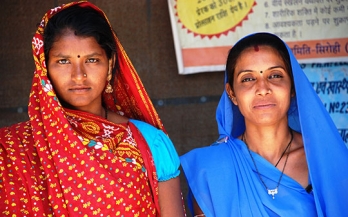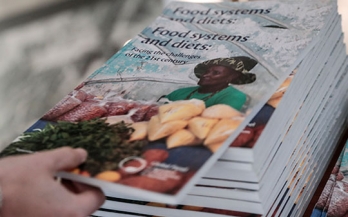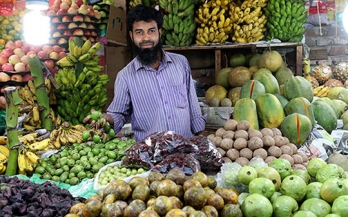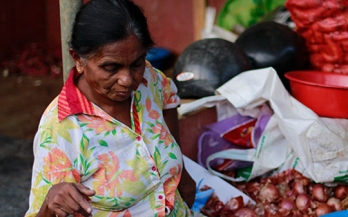


FAO and GAIN to scale up joint efforts targeting healthy diets
FAO and the Global Alliance for Improved Nutrition (GAIN) have agreed to join forces to increase the availability and affordability of nutritious food for all in developing countries. The two organisations will also work to make urban food systems more nutrition-sensitive, through support to GAIN’s Urban Governance for Nutrition Programme and FAO’s Urban Food Agenda.
A review of business accountability mechanisms in nutrition
- 13/03/2019
Business is both part of the problem and the solution to the current food systems challenges. It is critical that we all learn more about this dual impact and that we are able to track how it evolves. By increasing the effectiveness of tracking we will be better positioned to ask and assist businesses to be agents for positive change.
How to persuade people to eat more nutritious food?
I just finished reading ‘Why you eat what you eat' by Professor Rachel Herz. Fascinating, and together with Professor Michael Spence’s “Gastrophysics” it caused me to reflect on the radical changes we need to effectively promote healthy and nutritious diets, and reverse the out-of-control trends in malnutrition affecting every country.
Why nutrition needs to find blue oceans
Funding for nutrition has increased significantly over the past 10 years, which is a very good thing. So has the number of initiatives, organisations and programmes addressing nutrition. But is this an unqualified good thing?
Feeding babies: where a small stomach meets a big need
Babies are the nutritionist’s biggest challenge. Their rapidly developing minds and bodies need large doses of nutrients, yet their stomachs are small and unable to hold much of anything. This is why nutritionists have worked for decades on the development of special foods for low-income settings, including both fortified porridges and fortified products in powder or paste form which can be added to standard family foods.
The consumption of animal sourced foods by infants in low-income settings: does it need to increase? And, if so, what is holding it back?
New IFPRI paper pulls together data on the food intake of 112,553 children 6-23 months old contained within Demographic and Health Surveys (DHS) across 46 low and middle income countries since 2006.
Modern malnutrition?
Last week the Food and Agriculture Organization (FAO) hosted the launch of a new report by the Global Panel – “Improving diets in an era of food market transformation – challenges and opportunities for engagement between the public and private sector”. Its main point: market forces are remaking the world food system at lightning speed, what should we do to make sure this reduces, not adds to, malnutrition?
The city of the future: a great place for healthy living?
Mayors and concerned urbanites gathered in Bonn last week at the 9th Global Forum on Urban Resilience and Adaptation. They spent a fair bit of the second day of their meeting talking about food systems. The big question: does the city of the future lead us inexorably towards unhealthy diets and unsustainable models of production and waste, or is there a better way?